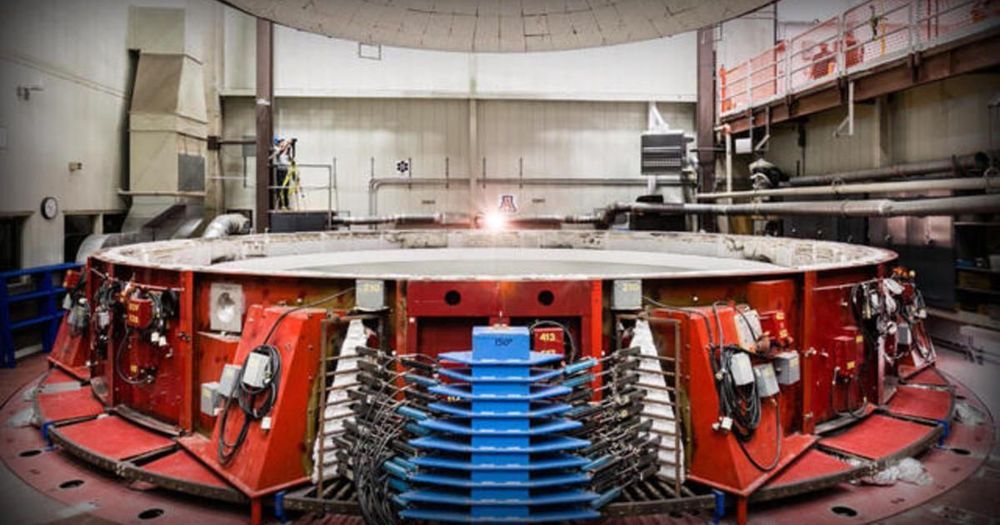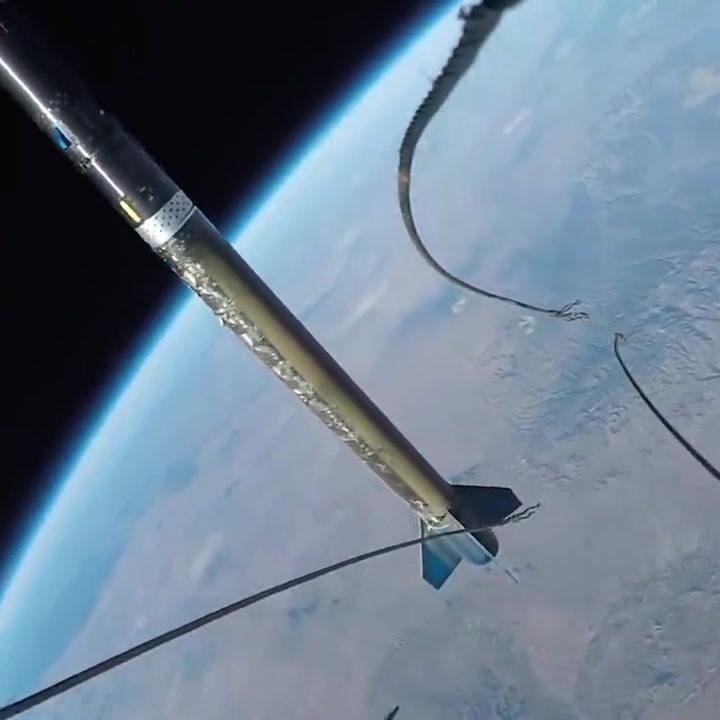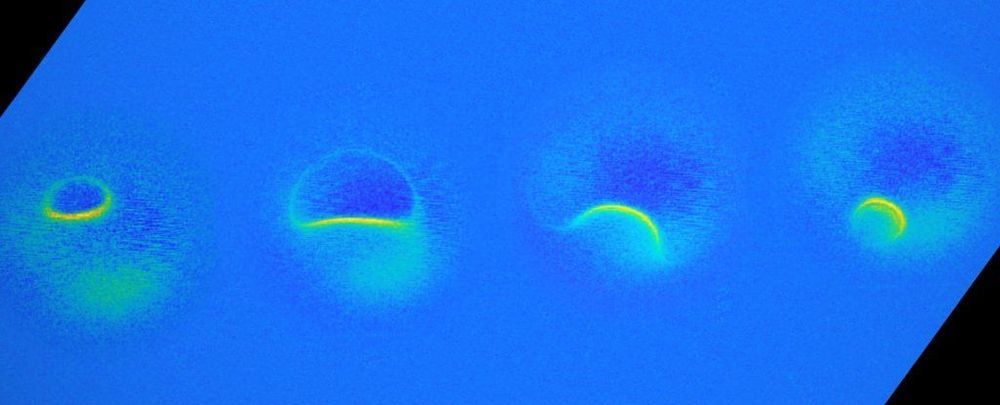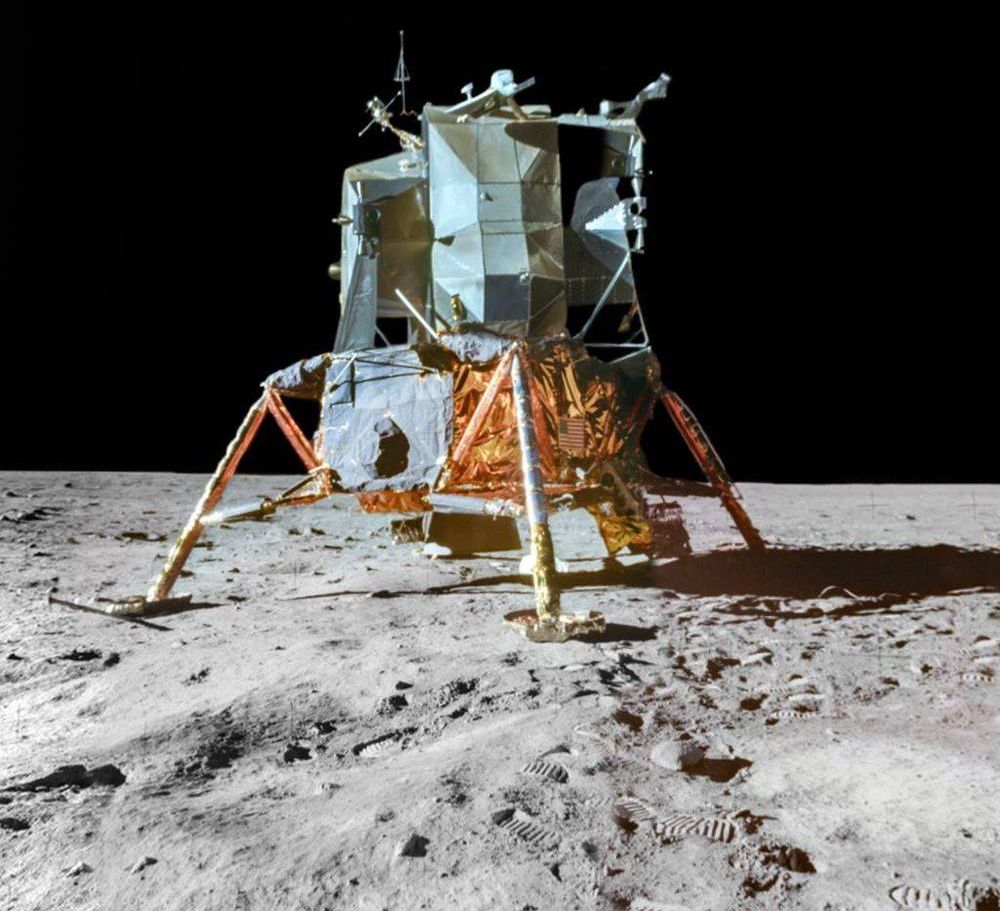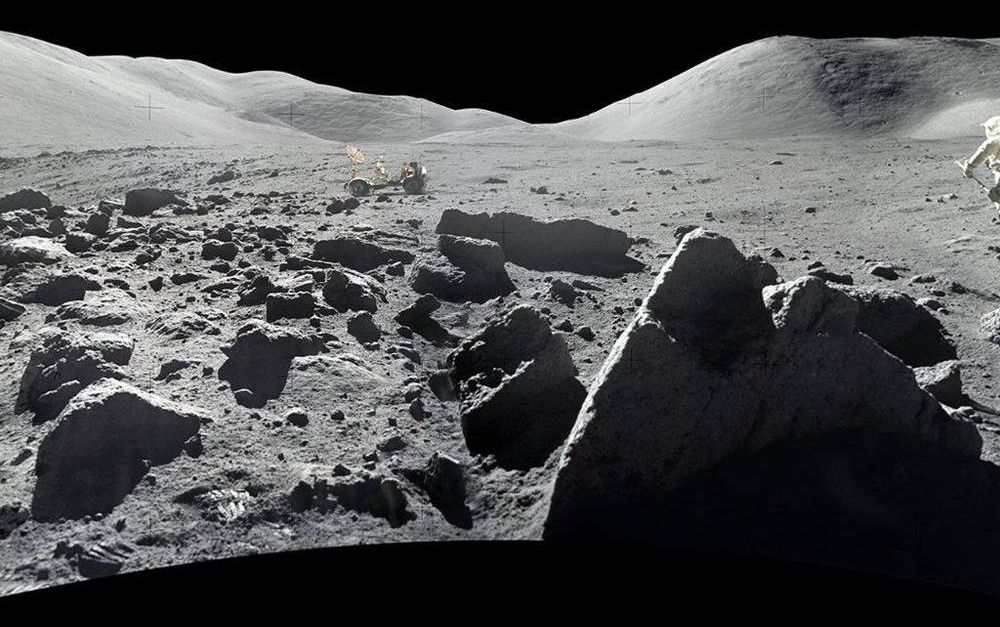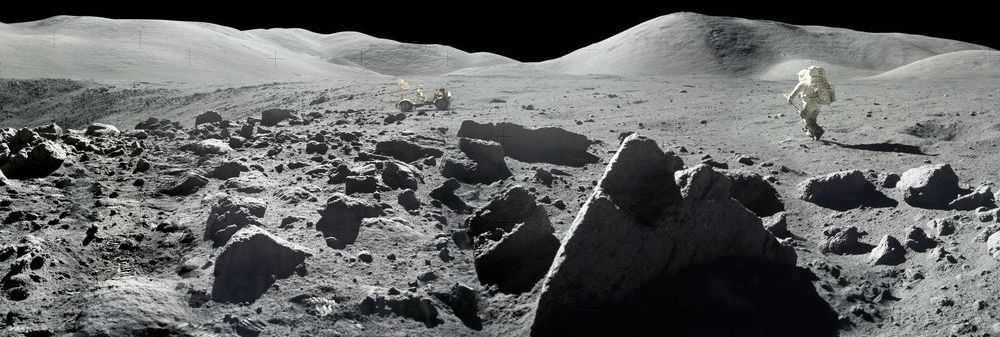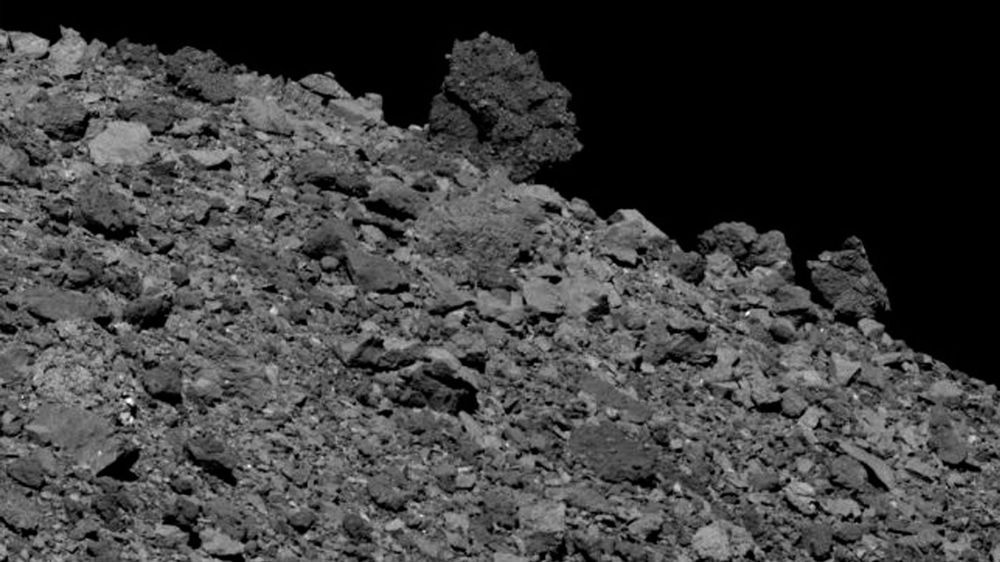People have been gazing skyward at night for all of human history, studying the stars and wondering what could lie beyond them. But soon, scientists will have a powerful new tool at their disposal: the Giant Magellan Telescope, which is expected to be the world’s largest optical telescope once it’s completed.
Under the football stadium at the University of Arizona, Patrick McCarthy, the vice president and senior astronomer at the GMT project, heads the international group building the Giant Magellan.
“One of the big discoveries in astronomy in the past 20 years is that 97% of the universe, we have no idea what it is,” McCarthy said.
